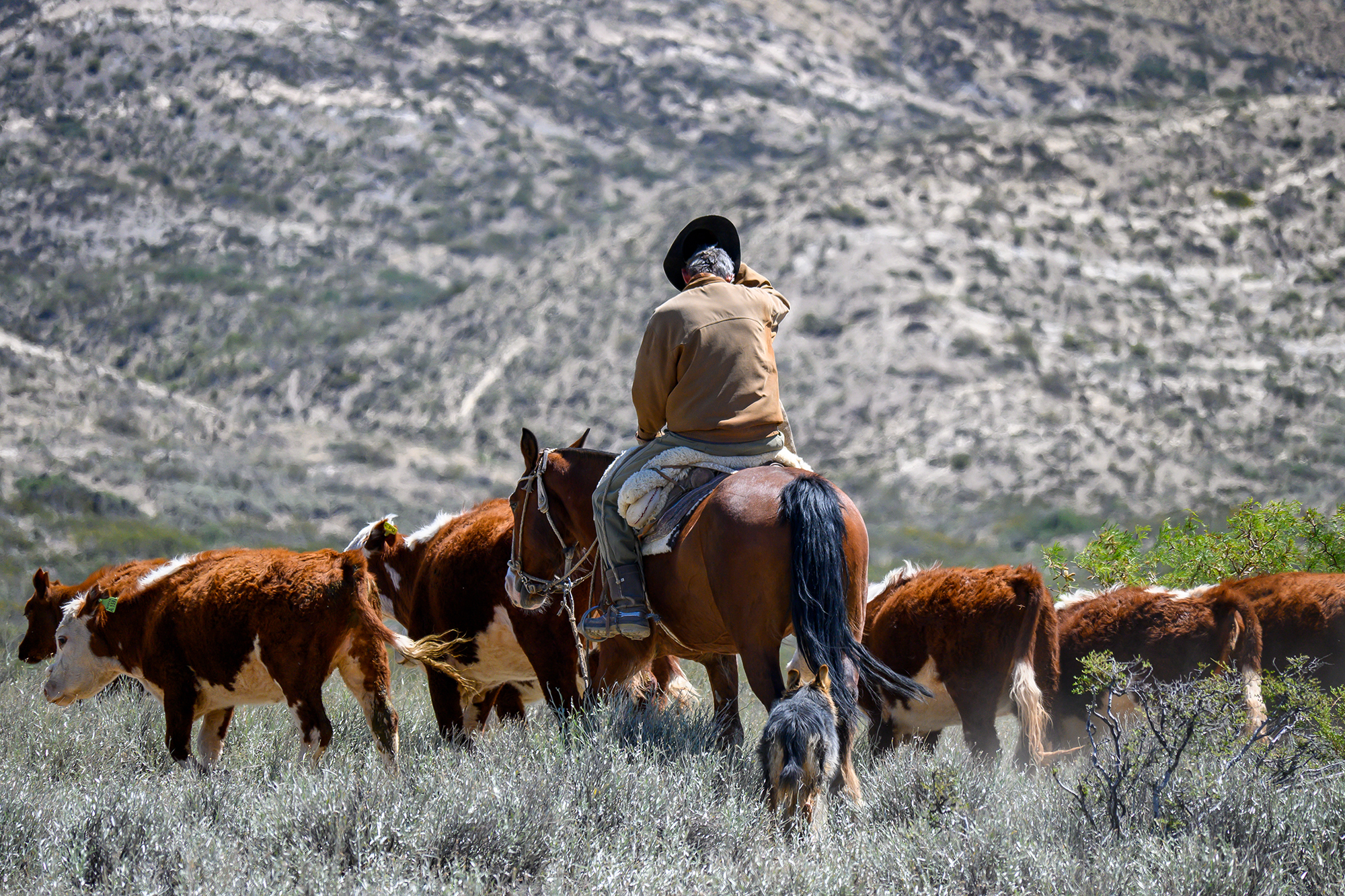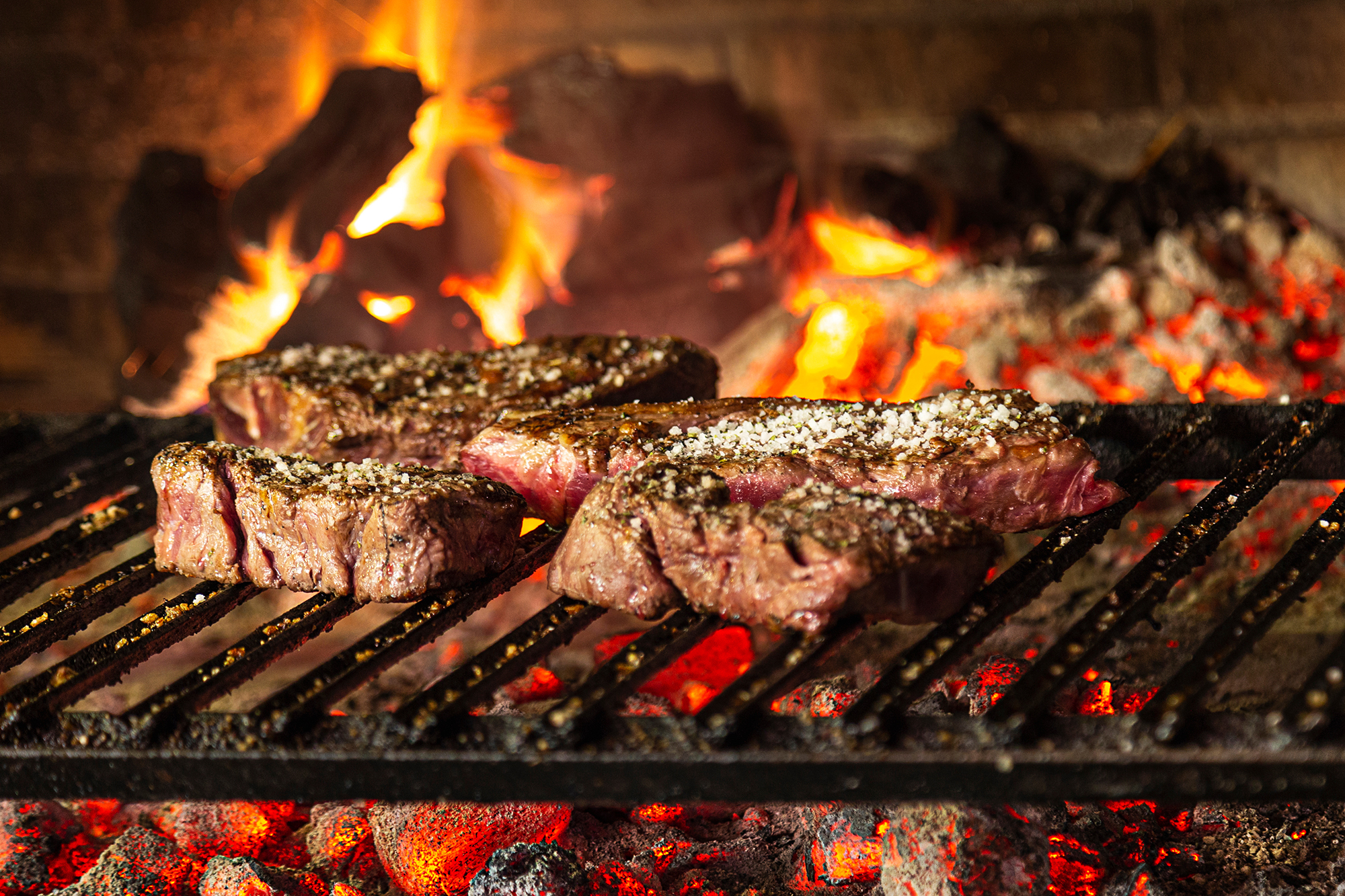Argentine Beef: A Tradition of Flavor and Sustainability
Written by Jordan Brown April 28, 2023Argentina: the land of yerba mate, wine, and beef. Lots and lots of beef. Across more than 290,000 square miles of lush South American Pampas grasslands, millions of Argentine cattle laze and graze their way to becoming some of the most sought-after beef on the international market.
Since 2019 alone, Argentine beef has taken home a dozen medals at the World Steak Challenge, half of which were gold. But the global demand for their product is nothing new; a TIME article from 1963 highlights the beef’s increasing popularity in several countries even way back then.
So, what has made the world crave Argentinian beef for the past 60-plus years?

The Grass is Greener in the Pampas
With sprawling green fields packed with diverse flora and fauna, and temperatures that rarely reach either end of the extreme, the Pampas offer the ideal, year-round grazing lands for Argentina’s prized cattle. Most of the beef here is grass fed, and the nutrient-rich grass and forage diet minimizes the need for antibiotics. In fact, both growth hormones and the use of antibiotics as growth promotants have been outlawed there since 2004.
Freedom to roam also provides the animals with the space to build the healthy, lean muscle that’s characteristic of grass-fed cattle, and the intensely beefy flavor and tender bite it’s so well-known for. If you’re hungry for more grass fed beef knowledge, head over to our blog about it here!
A Flavorful History
As rich as the flavor of the beef is, so too is the history of raising beef in Argentina. In the mid-1500s, Spanish Conquistadors introduced cattle to the region. The sweeping Argentine pampas lay wide open for the herds to forage, and this environment allowed the cattle to flourish to an estimated 40 million heads over the next couple of centuries, leading up to new methods of cattle farming in the 1700s.
Here enters an icon of Argentine culture: the gaucho. These highly skilled horsemen and travelers of the pampas spent their days hunting the plentiful wild cattle and crafting an intimate knowledge of the rough landscape. Later, that knowledge would play a vital role in securing Argentina’s independence from Spain in 1816, and with it, a beloved place for gauchos in the new country’s history. As time went on, and estancias and cattle ranches expanded their fences across the once-open pampas, gauchos adapted their expertise to raising and herding the cattle, helping shape today’s booming bovine industry in Argentina.
The gauchos' particular method of slowly roasting the beef over a fire (but not too close!) also began the tradition of the asado, a method of cooking still deeply rooted in Argentina’s culture today. An asado is as much about gathering to enjoy a meal with loved ones as it is about the meal itself. A true asado takes time and patience, with a single asador masterfully tending the fire for hours, preparing several dishes that often include provoleta cheese, morcilla and chorizo sausages, ribs, pork, or chicken. But of course, the true star of the asado is the many, many cuts of tender, juicy Argentine beef.
Cattle against Climate Change
With cattle rearing as an integral part of the country’s culture and history, the Argentine people understandably have a deep connection with the land their herds graze and how it is farmed. Around 75% of Argentina’s farms are family-owned and operated, and the people’s knowledge and love of the land translates to constantly evolving sustainability and traceability practices.
Classic methods of agricultural preservation, including pasture rotation, are common practice in Argentina. Animals are registered individually with easily visible ear tags, and mandatory national databases trace each head from birth to slaughter, tracking farms of origin and transfer and movement of herds.
In 2020, the national government launched one of the most sophisticated satellites in the sky to help combat deforestation, capable of detecting changes in forest structure and soil moisture. This satellite also provides a detailed look into sources of carbon emissions across Argentina and could help scientists reduce their carbon footprint.
As technology continues to develop, more cutting-edge tools are being employed to continue the practice of raising cattle in conjunction with the Earth for generations of Argentine producers to come.

The Takeaway
Centuries of painstaking work and the resulting expertise in their craft has placed Argentina among the pinnacle of beef producers on the world’s menu. From the gauchos who first hunted the wild cattle across the pampas a few hundred years ago, to the countless families who continue to grow incredibly flavorful grass-fed beef, Argentine people have successfully made their national treasure something the world is always eager to eat.
Products Mentioned
Leave a Comment
Latest Posts
Salts of the Earth: A Guide to Celtic Sea Salt & Sel Gris
Learn more about delicious Celtic Salt and Sel Gri
















